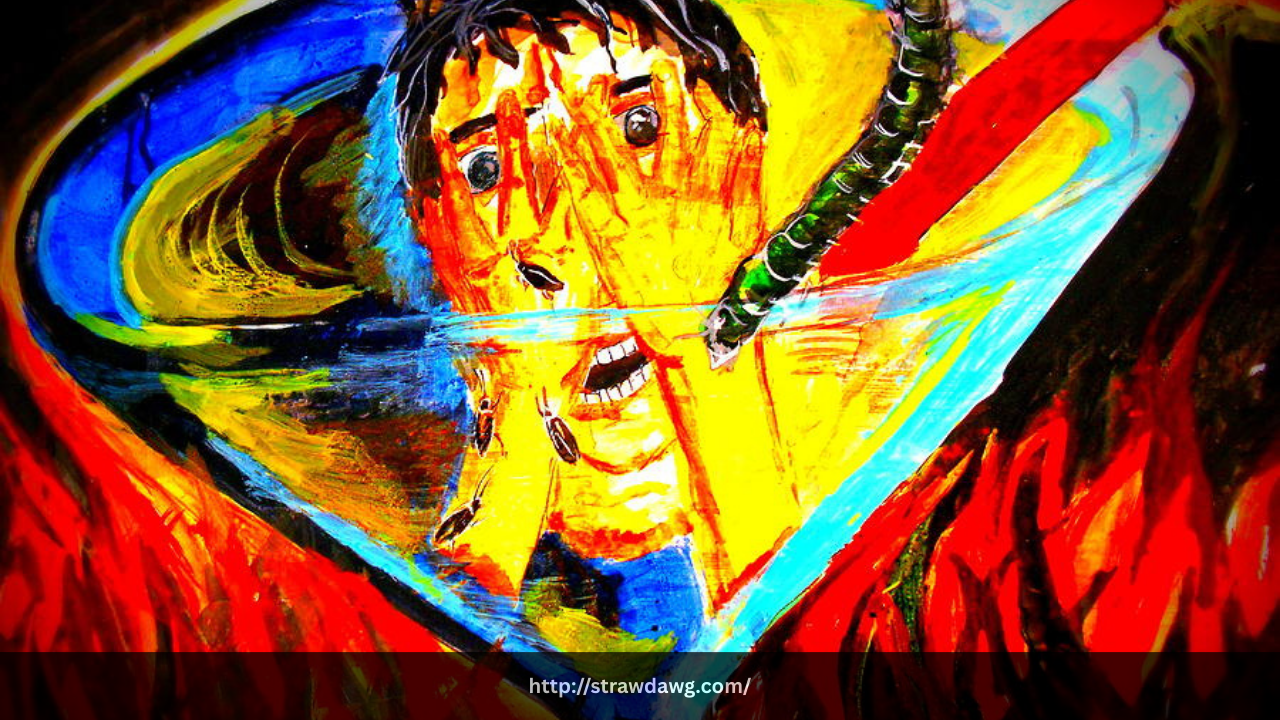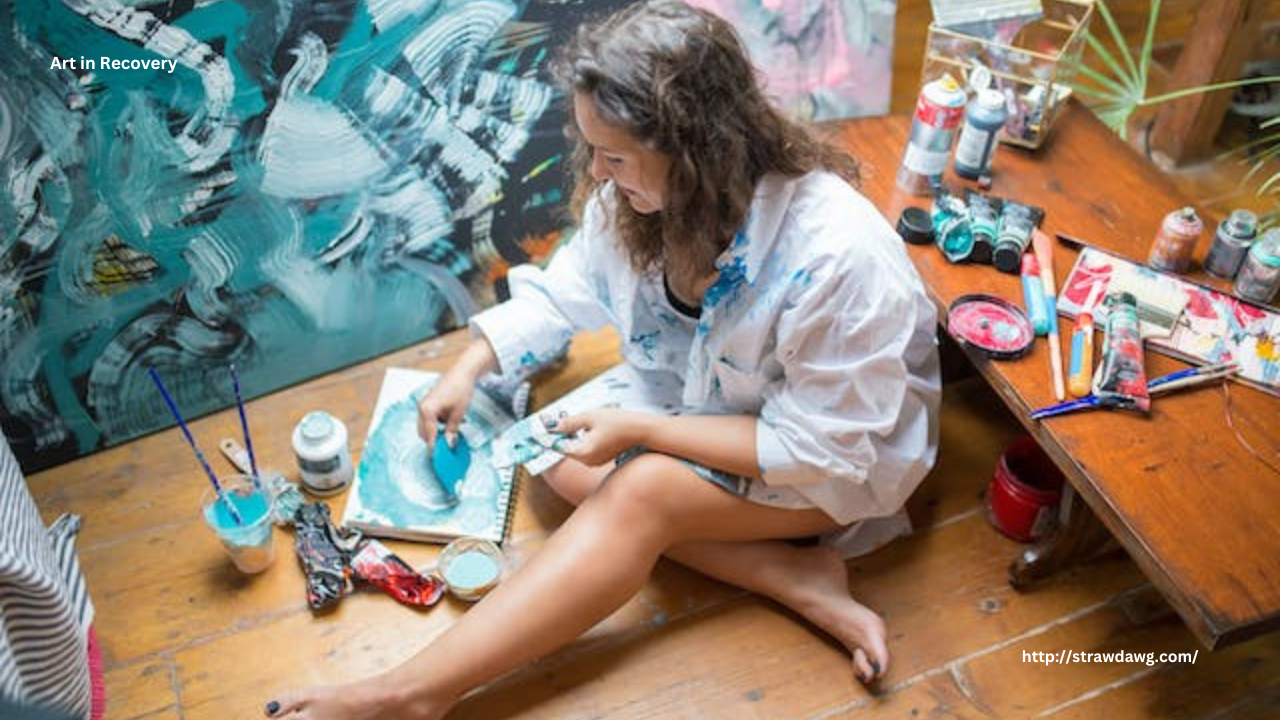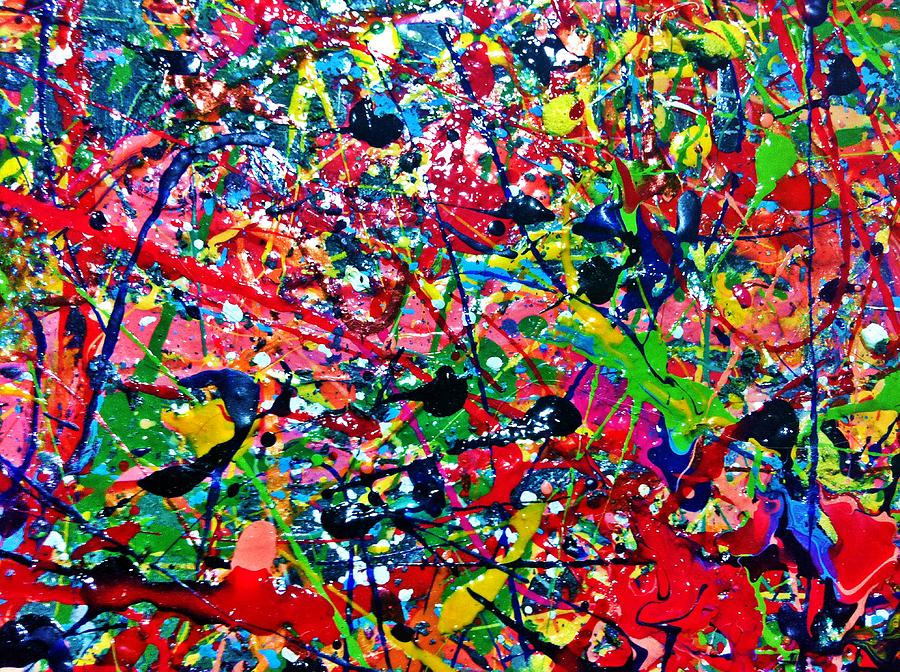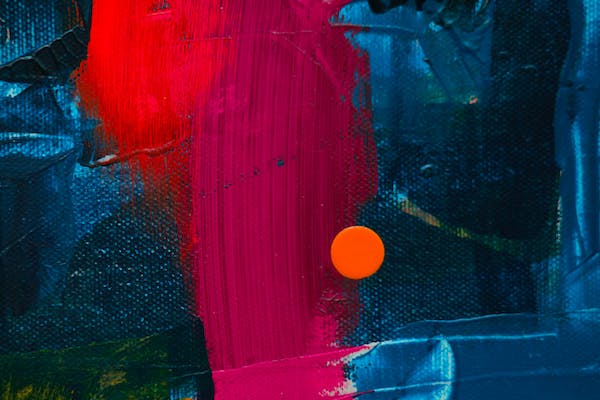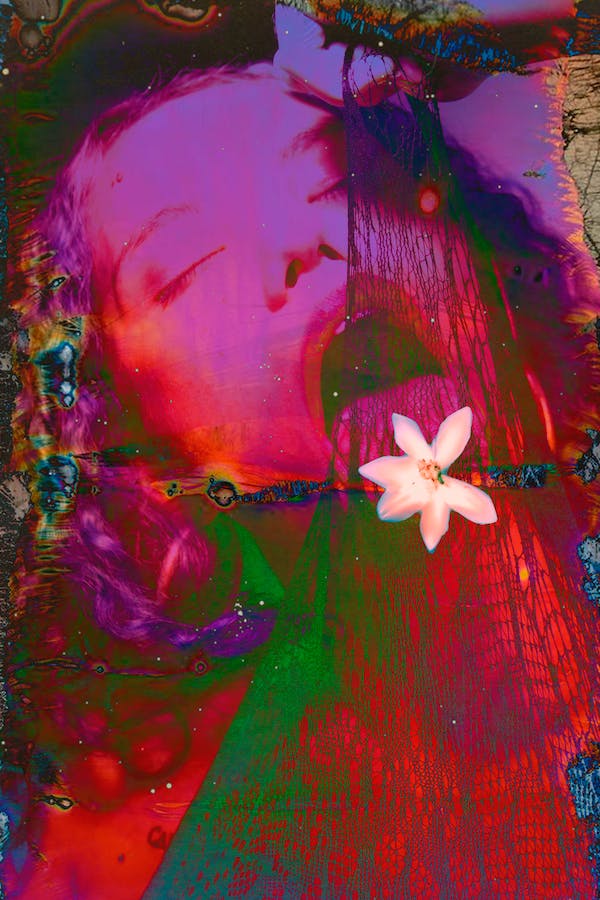Addiction is often viewed as a cycle of despair and destruction, but for some, it can also be the beginning of a journey toward healing and self-discovery. For me, that journey unfolded not just through traditional recovery methods, but through the transformative power of art. The canvas became my confessional, my mirror, and my guide as I turned my addiction into inspiration and found new life through creativity.
A Life Consumed
Before recovery, my life was consumed by addiction. What began as casual use to escape emotional pain evolved into a daily battle for survival. My relationships deteriorated, my career faltered, and my sense of purpose all but vanished. I was numb, drifting through life without direction. The substances I relied on offered temporary relief but ultimately deepened my sense of hopelessness.
During that time, I stopped making art. My once vibrant studio collected dust, and the blank canvases became symbols of my own emptiness. I didn’t believe I had anything worth expressing, and I was too lost to even try.
Rediscovering the Brush
My recovery began with small steps—therapy, support groups, and a decision to change. In those early days, I was encouraged to find something that brought me peace. That’s when I picked up a paintbrush again. At first, it felt foreign. I hadn’t created anything in years. But as I began to paint, something inside me shifted. The canvas didn’t judge me. It welcomed every tear, every stroke of frustration, every burst of emotion I couldn’t voice.
Art became a lifeline. I began using color and form to process my journey. The early pieces were raw and intense—bold colors, heavy textures, and chaotic compositions. They were not pretty, but they were honest. They told the story of my pain, my longing, and my slow, uncertain crawl back to myself.
The Healing Process
As my recovery progressed, my art began to evolve. My palette shifted. The dark tones gave way to lighter shades, symbols of hope began to emerge, and I experimented with new techniques. Each painting reflected a piece of my healing—moments of breakthrough, self-forgiveness, and reclaimed identity.
Art allowed me to express what words couldn’t. It helped me confront my past without being consumed by it. With every canvas, I peeled back another layer of pain and found strength in vulnerability. Painting became both a ritual and a release—a sacred space where I could be completely honest with myself.
Sharing the Journey
Eventually, I began sharing my work. Exhibiting my art felt terrifying at first, but the response was overwhelming. People connected with my story, with the raw emotions in the brushstrokes. I realized that my pain could have purpose—not just for me, but for others.
Now, I use my experience to lead art therapy workshops for people in recovery. I’ve seen firsthand how creativity can open doors to healing, offering a voice to those who feel voiceless.
The canvas of recovery is not perfect. It’s layered, textured, messy, and beautiful—just like life. But it’s mine. And through it, I’ve found hope, healing, and a renewed sense of purpose.

